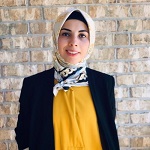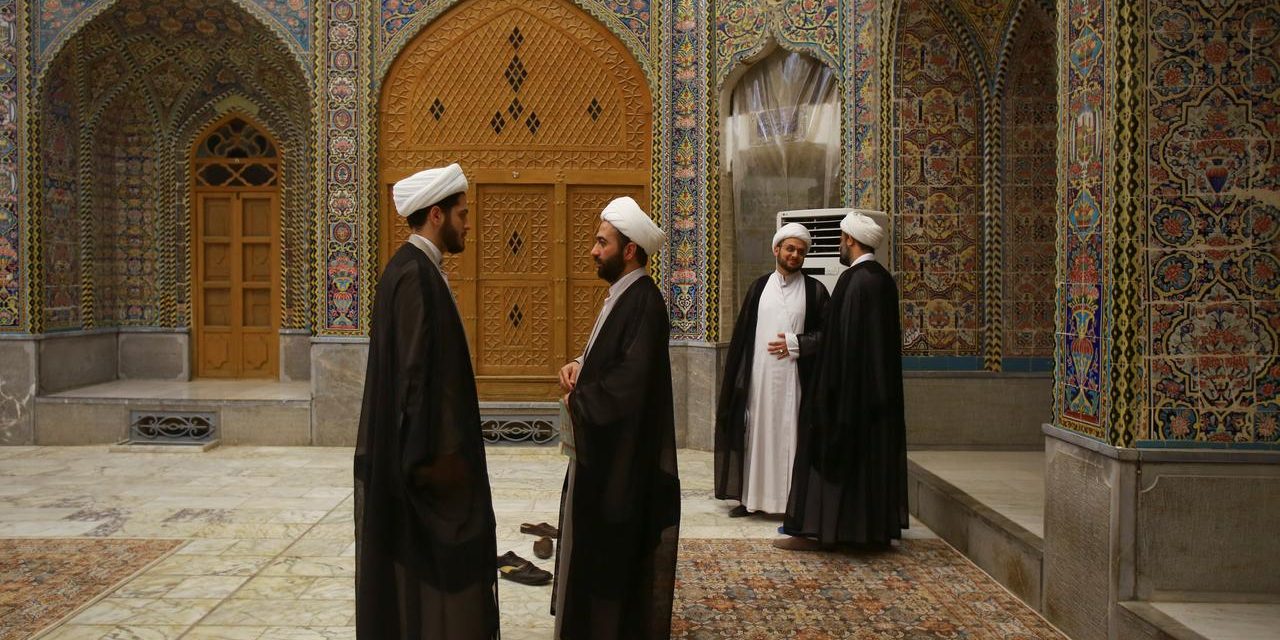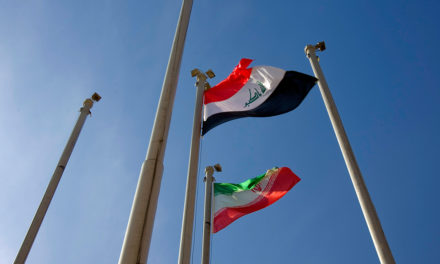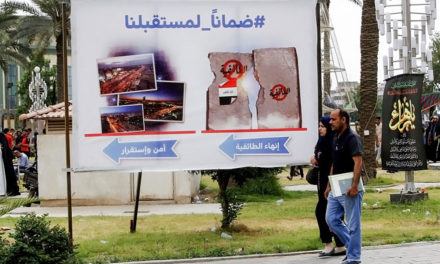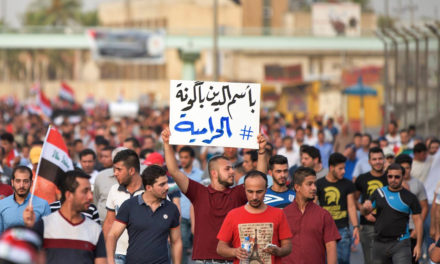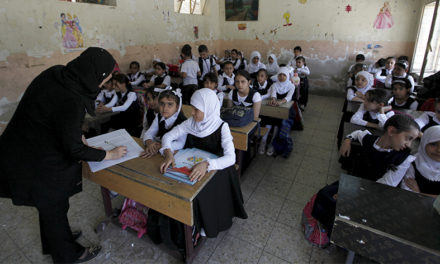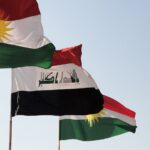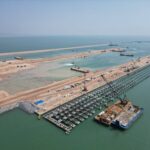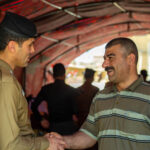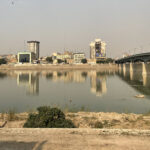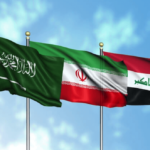(Photo: Abdullah Dhiaa Al-Deen/Reuters)
The recent Iraqi protest movement has brought to the forefront new questions of clerical participation in anti-government protest. Week after week, Iraqis and non-Iraqi observers alike waited for the Friday sermon of Grand Ayatollah Sistani’s representatives in Kerbala. Some, from both the protestor and the government sides, waited for legitimation and support. Others watched with a certain degree of skepticism. The era of Islamism was on the wane, but was the era of clerical authority similarly declining? How would the Shi’a religious establishment, the Hawza, react to anti-government protests, particularly ones that included a significant number of Shi’a participants?
I grappled with these questions while simultaneously constructing case studies for understanding the Hawza’s historical protest behavior. The historical cases shed some light onto the present situation. The major difference, however, was that I had been studying the Hawza’s reaction to governments it had an antagonistic relationship with: non-Muslim colonizers (the 1917 Najafi Revolt and the 1920 Revolution) and an authoritarian and sectarian government (the 1977 Safar Intifada and the 1979 Rajab Intifada). For all the post-2003 governments’ failings towards its citizens, it allowed the Hawza a historically unprecedented degree of authority and freedom of operation. In this era of relatively positive Hawza-state relations, how would the Hawza respond to popular anti-government protests? Particularly ones as representative and as stunningly large as the 2019-2020 events were?
Stepping away from the Hawza momentarily, the expansive social scientific literature on clerical participation in protest suggests that strategic factors – including the relationship between the state and the religious establishment – determines the reaction of clerics to anti-government protest. Where the religious establishment enjoys a good relationship with the state, they will oppose or ignore anti-government protests. An adversarial relationship with the state, conversely, would lead to clerical support of anti-government protests. Other strategic factors can also be at play: transnational ties and the degree of competition with other religious systems for adherents. In fact, Anthony Gill argues this is what differentiates the Argentinian and Chilean cases when it comes to the Catholic Church’s support of anti-government protests. Evidence from Latin America and Eastern European anti-communist revolutions suggests that strategic factors are strongly at play. Is the Hawza similar to these other religious systems?
My research highlights that while the Hawza is not an outlier amongst religious systems, its study can contribute to the scholarship on religion and protest. One of the Hawza’s most distinguishing features, in my view, is its uniquely hierarchical but non-institutionalized structure, which is commonly and erroneously compared to that of the Catholic Church. While the Hawza is hierarchical with three levels of learning (muqadimat, sutooh, and bahth kharij), as well as processes for ascendancy to the position of Ayatollah and Grand Ayatollah, it lacks the institutionalization of many other religious organizations. It is by no means similar to a standard academic institution nor does it want to be.
As a result of this structure, the Hawza is and has been (for most of its history) a rather personalistic system. Consider for example the near synonymity of Grand Ayatollah Sistani with the institution of the Marjayya and the Hawza of Najaf. This personalistic aspect of the Hawza means that the most visible class – the Marjayya – tends to behave cautiously in order to avoid both political instability, as well as reprisals against the Hawza itself for political activity. These tendencies are common across colonialism, Ba’athism, and the post-2003 era. Critically, this does not mean that the Iraqi Hawza is “quietist” as some external observers have claimed. In fact, the vast variation in clerical behavior in protest – which I describe in detail in the broader research project – suggests how woefully inadequate the quietist-activist dichotomy is. Hawza clerics have displayed a much broader range of protest behavior including: mediation, non-involvement, instigation, opportunistic leadership, and following the lead of more elite clerics.
Elite clerics will seek to protect the Hawza. Oftentimes, this means they will be mediators between protestors and the state, particularly when events escalate. In 1918, this was the role of Grand Ayatollah Yazdi, as well as a handful of mid-level elites who regularly wrote and attempted to speak with local British authorities. Even in 1977, the ideologically politically inclined Grand Ayatollah Muhammad Baqir al-Sadr (one of the founders of the Da’wa Party) attempted to discourage agitated protestors for escalating their protest activities. Thus, it comes as no surprise that Grand Ayatollah Sistani’s most recent advice was to reform the government through existing institutions: the parliament, the constitution, and elections. The rhetoric of these sermons warns people to “avoid chaos” and to protect public and private property. These sentiments are similar to those expressed by his predecessor, Grand Ayatollah Abu al-Qassim al-Khoei, who in the height of the 1991 Uprising attempted to secure everyday life and ensure order. Long before both of them, Grand Ayatollah Shirazi urged Iraqi revolutionaries to maintain law and order.
This begs a final question: where do politically inclined clerics come from? Where do clerics who instigate protest movements come from? The answer to that can be found in other scholarship, as well as in my own research on the Hawza. The short answer is: those who don’t have a stake in the religious system but have access to religious authority. In his work on the radicalization of Muslim clerics, Richard Nielsen argues that having “blocked ambition” or being forced outside the religious establishment pushes clerics to pursue other goals (Nielsen’s book does not address Shi’a clerics nor the Iraqi Hawza). Protest instigation and political activism are by no means radicalization, but being a Hawza outsider or having no hope of ascendancy in the religious establishment allows a cleric to pursue other interests, including politics. However, in order to mobilize authority, a cleric has to have a reasonable claim to the authority of the Hawza. This is usually achieved by having informal ties to the religious establishment, even familial ones. These types of clerics can risk not prioritizing the protection of the Hawza. In 1920, this is why the British described Grand Ayatollah Shirazi as being a “tool in his son [Muhammad Ridha Al-Shirazi’s] hands”.
So what does this mean for the Hawza in the current wave of protests? That it will be a proponent of reform, but not of revolution.
